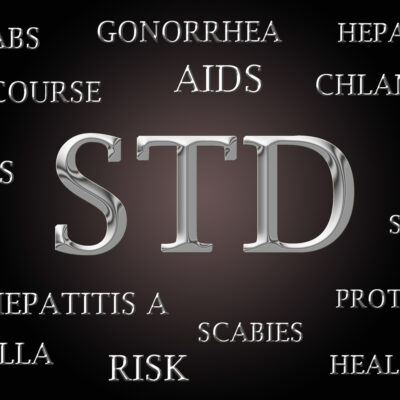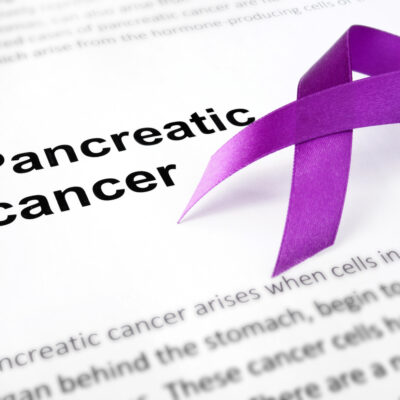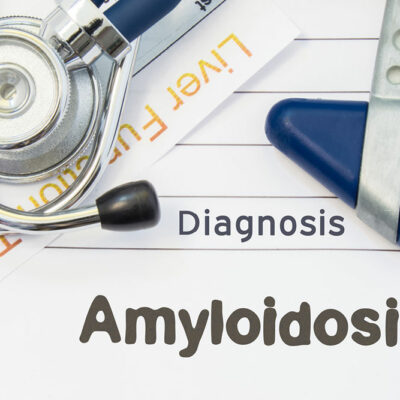
Health
10 Things You Need to Know About STIs/STDs
Sexually transmitted infections (STIs) and sexually transmitted diseases (STDs) are more common than you might think. In the United States alone, there are about 20 million new cases of STDs each year. With treatment medications like Valtrex, Valacyclovir, and Acyclovir, treating herpes and other STDs has become more manageable. Furthermore, advancements in medical technology have made std testing more accessible, with std testing at home becoming an increasingly popular option. Here are 10 things you need to know about STIs/STDs. 1. Understanding the difference between STIs and STDs While the terms are often used interchangeably, there is a slight difference between STIs and STDs. An STI refers to an infection that hasn’t yet caused symptoms or disease, while an STD refers to an infection that has led to disease. Essentially, all STDs start as STIs. 2. Common types of STIs/STDs The most common types of STIs include human papillomavirus (HPV), chlamydia, gonorrhea, syphilis, herpes, and HIV/AIDS. Each of these infections has different symptoms and requires different treatment methods. 3. The importance of regular testing Regular STD testing is crucial in maintaining your sexual health. Many STIs/STDs can be asymptomatic, meaning they show no symptoms. Regular testing ensures that any infections are caught early and treated promptly.
Read More 















